7 Efforts in Forest Conservation: Success Stories
- August 6, 2024
- 0 comment
Forest conservation is crucial for maintaining the ecological balance of our planet. It involves preserving and restoring forest ecosystems to ensure their sustainability for future generations. With deforestation and habitat loss posing significant threats, various initiatives have emerged globally to combat these issues.
List of 7 Efforts in Forest Conservation:
- The Amazon Rainforest: A Global Treasure
- Costa Rica: A Pioneer in Reforestation
- The Green Belt Movement in Kenya
- Community-Based Conservation in Nepal
- Australia’s Great Western Woodlands
- The Forest Stewardship Council (FSC) Certification
- Educational Programs and Forest Conservation
- The Future of Forest Conservation
The Importance of Forest Conservation
Forests are vital for numerous reasons. They provide habitat for countless species, regulate climate, and support livelihoods. Forest conservation efforts aim to protect these essential functions by preventing deforestation, promoting sustainable land use, and restoring degraded landscapes. The success stories highlighted in this article demonstrate the positive impact of dedicated conservation initiatives.
1. The Amazon Rainforest: A Global Treasure
The Amazon Rainforest, often referred to as the “lungs of the Earth,” plays a critical role in regulating the global climate. Efforts to conserve the Amazon have faced numerous challenges, but various initiatives have seen success.
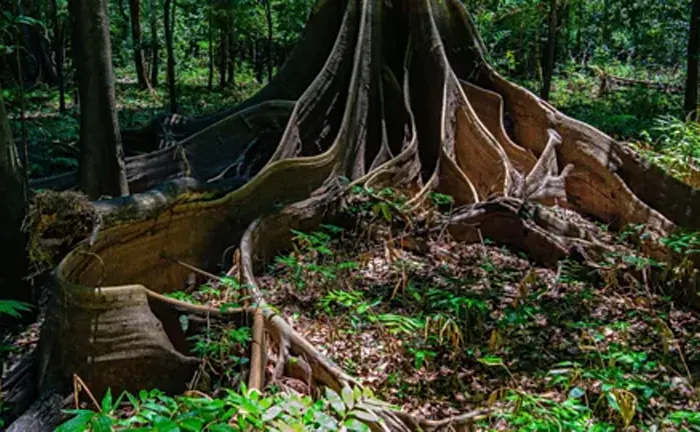
Organizations like the Amazon Conservation Association (ACA) have implemented sustainable practices, protected large areas of rainforest, and engaged local communities in conservation efforts.
2. Costa Rica: A Pioneer in Reforestation
Costa Rica is renowned for its commitment to environmental sustainability. The country has implemented innovative policies to combat deforestation and promote reforestation.
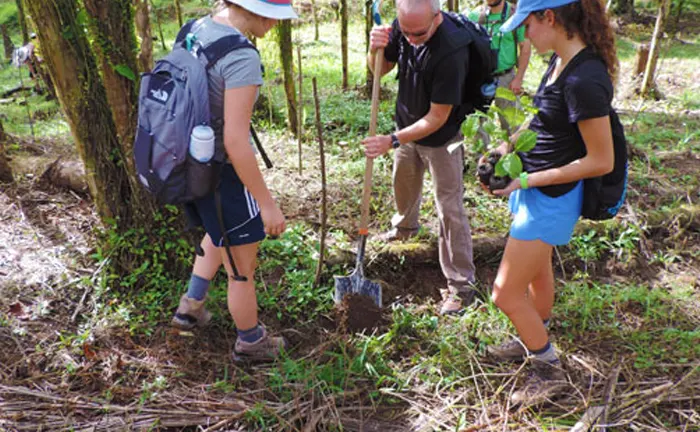
Through programs like the Payment for Environmental Services (PES), Costa Rica has incentivized landowners to protect and restore forests. As a result, the country has seen a remarkable increase in forest cover over the past few decades.
3. The Green Belt Movement in Kenya
Founded by Nobel Laureate Wangari Maathai, the Green Belt Movement (GBM) in Kenya has been a beacon of hope for forest conservation. The movement focuses on tree planting, environmental education, and women’s empowerment. GBM has successfully planted millions of trees, restored degraded land, and raised awareness about the importance of environmental conservation.

- India’s Chipko Movement: The Chipko Movement, which began in the 1970s in India, is one of the most well-known forest conservation efforts. Local communities, particularly women, played a pivotal role in protecting forests from commercial logging. By hugging trees to prevent their felling, the Chipko Movement brought attention to the importance of forests and led to significant policy changes in forest management.
- Brazil’s ARPA Program: The Amazon Region Protected Areas (ARPA) program in Brazil is one of the largest and most successful conservation initiatives in the world. Launched in 2002, ARPA aims to protect 150 million acres of the Amazon Rainforest. The program has successfully established numerous protected areas, promoting biodiversity conservation and sustainable development.
4. Community-Based Conservation in Nepal
Nepal has embraced community-based conservation to protect its forests. The country’s Community Forestry Program (CFP) empowers local communities to manage and conserve forest resources. This approach has not only improved forest cover but also enhanced the livelihoods of rural communities, demonstrating the effectiveness of participatory conservation.
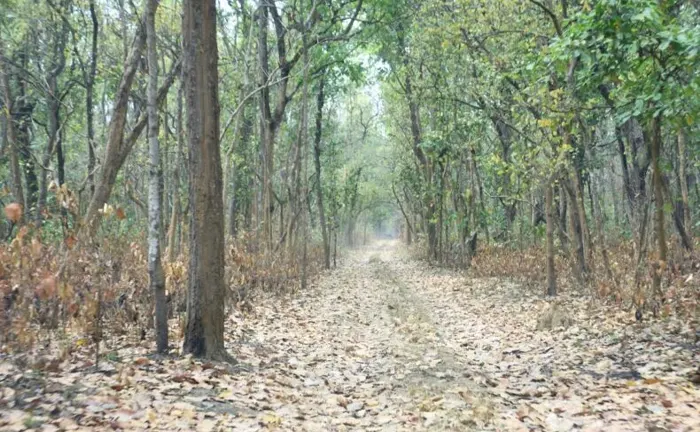
- Rewilding Europe: Restoring Wild Landscapes: Rewilding Europe is a conservation initiative aimed at restoring natural processes and rewilding landscapes across Europe. By reintroducing native species and promoting natural habitat restoration, Rewilding Europe has achieved significant success in revitalizing ecosystems and increasing biodiversity.
5. Australia’s Great Western Woodlands
The Great Western Woodlands in Australia is one of the largest intact temperate woodlands in the world. Conservation efforts in this region focus on protecting its unique biodiversity and cultural heritage. Collaboration between indigenous communities, government agencies, and conservation organizations has been key to the success of these efforts.

- The Atlantic Forest Restoration Pact: The Atlantic Forest in Brazil is a biodiversity hotspot that has suffered extensive deforestation. The Atlantic Forest Restoration Pact is a large-scale initiative aimed at restoring 15 million hectares of this critical ecosystem by 2050. Through reforestation, sustainable land management, and community engagement, the pact has made significant progress in reversing deforestation trends.
- Canada’s Boreal Forest Agreement: The Canadian Boreal Forest Agreement (CBFA) is a landmark conservation initiative that brings together environmental organizations, forestry companies, and indigenous groups to protect the boreal forest. The agreement covers over 76 million hectares and focuses on sustainable forest management, biodiversity conservation, and community engagement.
6. The Forest Stewardship Council (FSC) Certification
The Forest Stewardship Council (FSC) is an international organization that promotes responsible forest management through certification. FSC-certified forests adhere to stringent environmental, social, and economic standards. This certification has become a powerful tool in promoting sustainable forestry practices worldwide.
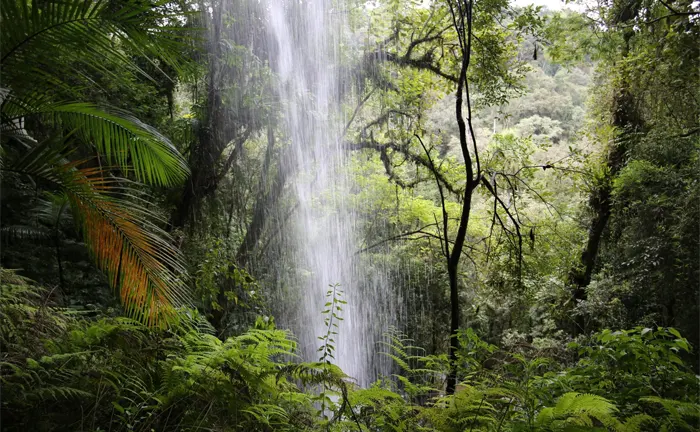
- Conservation Efforts in Madagascar: Madagascar is home to unique biodiversity found nowhere else on Earth. Conservation efforts in Madagascar focus on protecting its rainforests and endemic species. Organizations like the Madagascar National Parks (MNP) and the Wildlife Conservation Society (WCS) work to establish protected areas, conduct research, and engage local communities in conservation activities.
- The Appalachian Trail Conservancy: The Appalachian Trail Conservancy (ATC) is dedicated to preserving and managing the Appalachian Trail, one of the longest hiking trails in the world. Conservation efforts along the trail include protecting the surrounding forests, maintaining trail infrastructure, and promoting sustainable tourism. The ATC works with volunteers, landowners, and government agencies to ensure the trail’s conservation.
7. The Role of Technology in Forest Conservation
Advancements in technology have revolutionized forest conservation efforts. Remote sensing, satellite imagery, and drones are now used to monitor deforestation, assess forest health, and track illegal activities. These technological tools provide valuable data that enhances conservation planning and implementation.

- Success Stories of Private Sector Involvement: The private sector has also played a significant role in forest conservation. Companies are increasingly recognizing the importance of sustainable practices and investing in conservation initiatives. Examples include Patagonia’s commitment to protecting wild places and IKEA’s efforts to source wood from responsibly managed forests.
- Urban Forest Conservation Initiatives: Urban areas are not exempt from the need for forest conservation. Urban forestry programs aim to protect and expand green spaces within cities. Initiatives like New York City’s MillionTreesNYC and Singapore’s City in a Garden have successfully increased urban tree cover, improving air quality and enhancing residents’ well-being.
Educational Programs and Forest Conservation
Education is a powerful tool in promoting forest conservation. Environmental education programs raise awareness about the importance of forests and inspire individuals to take action. Schools, NGOs, and government agencies run various educational initiatives to foster a conservation mindset among young people and communities.
The Future of Forest Conservation
Looking ahead, forest conservation will require continued collaboration, innovation, and commitment. Climate change, population growth, and economic pressures will pose challenges, but success stories from around the world demonstrate that positive change is possible. By learning from these examples and scaling up successful initiatives, we can work towards a sustainable future for our forests.
Final Conclusion
Efforts in forest conservation are essential for safeguarding our planet’s ecological health and ensuring a sustainable future. The success stories highlighted in this article demonstrate that through dedication, collaboration, and innovative approaches, we can make significant strides in protecting and restoring forests. By learning from these examples and continuing to support conservation initiatives, we can contribute to the preservation of our world’s invaluable forest ecosystems.
Frequently Asked Questions
- What are the main threats to forests?
The primary threats to forests include deforestation, illegal logging, climate change, and habitat fragmentation. These activities lead to the loss of biodiversity, disruption of ecosystems, and increased carbon emissions. - How can individuals contribute to forest conservation?
Individuals can contribute by supporting sustainable products, participating in tree-planting initiatives, reducing paper usage, and advocating for policies that protect forests. Educating others about the importance of forests also plays a crucial role. - What is reforestation, and why is it important?
Reforestation involves planting trees in deforested areas to restore ecosystems and combat climate change. It is essential for increasing forest cover, sequestering carbon dioxide, and providing habitat for wildlife. - How do community-based conservation programs work?
Community-based conservation programs empower local communities to manage and protect their natural resources. By involving residents in decision-making and providing economic incentives, these programs promote sustainable land use and forest conservation. - What role do indigenous communities play in forest conservation?
Indigenous communities have traditional knowledge and a deep connection to their natural surroundings. Their involvement in conservation efforts is crucial for protecting biodiversity, preserving cultural heritage, and promoting sustainable practices. - How does the Forest Stewardship Council (FSC) certification benefit forests?
FSC certification ensures that forests are managed responsibly, balancing environmental, social, and economic needs. It promotes sustainable forestry practices, protects biodiversity, and supports the livelihoods of local communities. - What is the impact of climate change on forests?
Climate change affects forests in numerous ways, including altering growth patterns, increasing the frequency of wildfires, and exacerbating pest infestations. These changes threaten forest health and biodiversity, making conservation efforts even more critical. - How do protected areas contribute to forest conservation?
Protected areas provide a haven for biodiversity, allowing ecosystems to function naturally without human interference. They help preserve genetic diversity, protect endangered species, and maintain ecological processes. - What are some successful examples of rewilding projects?
Successful rewilding projects include the reintroduction of wolves in Yellowstone National Park, which restored ecological balance, and Rewilding Europe’s efforts to bring back native species and natural processes to various landscapes across Europe. - How can businesses support forest conservation?
Businesses can support forest conservation by adopting sustainable sourcing practices, reducing their carbon footprint, and investing in conservation projects. Partnering with environmental organizations and obtaining certifications like FSC can also contribute to responsible forest management.
We’d love to hear from you! Share your personal experiences and thoughts about efforts in forest conservation in the comments section below. Your insights could help others understand the impact of these initiatives!

Gilbert Griffin
Forestry AuthorGilbert Griffin is a forest management expert specializing in sustainable practices, forest health, conservation, and land management. With extensive knowledge in pest control, disease management, and habitat restoration, Gilbert develops strategies to preserve forest ecosystems and biodiversity. Passionate about the natural world, Gilbert adapts to changes in forest management and stays updated through continuous learning. Gilbert also provides seasonal advice to optimize forest care throughout the year.

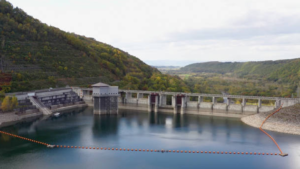
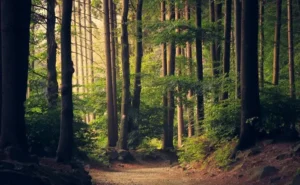




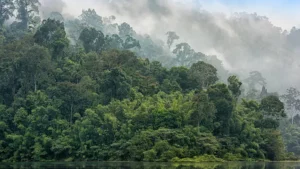
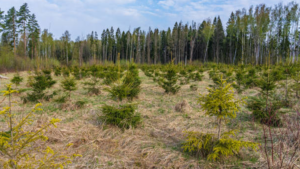
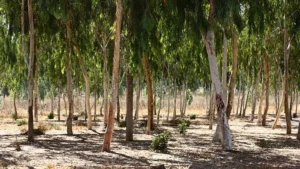

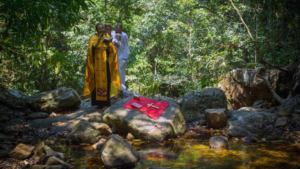
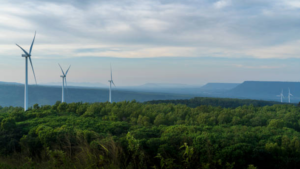
Leave your comment